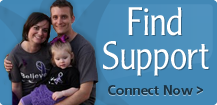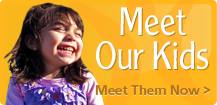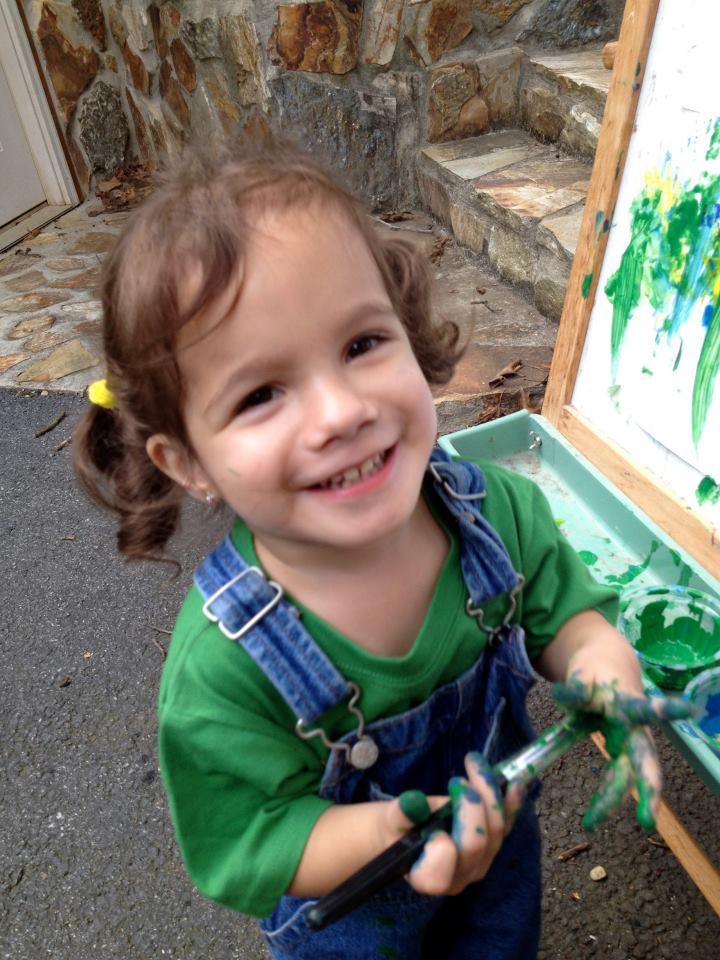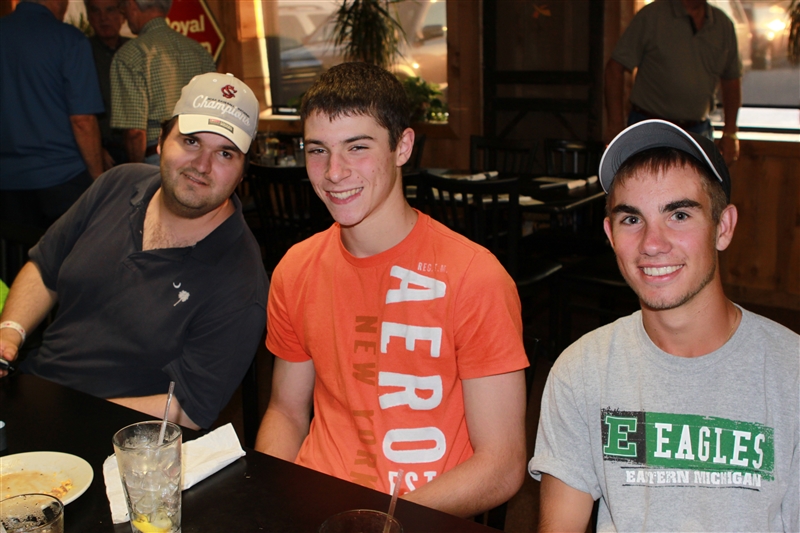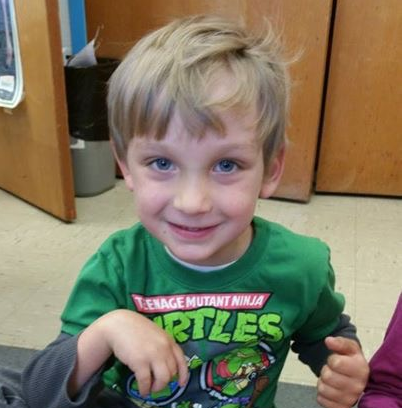
Some parents report that their child with hemiplegia experiences a variety of emotional and behavioral challenges. There is very little information available regarding behavioral issues that specifically deals with children who have hemiplegia or stroke. The information provided on this page is more general and addresses behavior issues in children who have a traumatic brain injury. These issues may or may not be similar to behavioral issues in children with hemiplegia or stroke. There is a great need for funding research in this area. Read more about developing social skills in kids with hemiplegia.
Behavioral Issues resulting from Traumatic Brain Injury in Children
Children with a “mild” brain injury may experience difficulties with concentration, organization, managing multiple tasks simultaneously, memory, and relationships with others. Children with a “moderate to severe” injury may experience varying degrees of difficulty in emotional, behavioral, physical, social, and cognitive areas. Some challenges do not become apparent until the child matures and more complex skills are required of the child. In other words, a child may not experience these problems at age three, when little organizational or behavior control are expected, but may experience problems as a teenager when more control is expected.
The following lists possible outcomes of traumatic brain injury. While children who have hemiplegia/stroke from birth may not have “changes” in skills, they may still experience some of the following issues.
Changes in Cognitive (Thinking) Skills
- Less attention and concentration; trouble paying attention to someone who is talking; changing from one topic to another; trouble staying on task or completing a task
- Memory difficulties; unable to organize and remember information; may get lost, forget names, miss instructions, and/or have trouble learning new information
- Speed of Processing
- Impulsiveness
- May have problems with judgment, problem solving and considering others’ ideas
- Language Processing
- “Executive Functions” – refers to difficulties relate to planning, organizing and strategizing behaviors
- Less endurance; tires more quickly, takes longer to understand information, reacts less quickly, and is easily overwhelmed with even small amounts of information
- Unable to interpret the actions of others and therefore have great problems in social situations
Challenges in Language and Learning
Changes in Social-Emotional Functions
- Dependent/regressive behaviors
- Mood Swings
- Depression or Anger
- Irritability/aggression
- Dis-inhibition/risk taking behaviors
- Anxiety
- Irritability
Behavior or Personality Changes
- Easily frustrated
- Easily upset or angered
- Anxious/moody
- Withdrawn or isolated
- Impulsive/bold; causing you to have concern for child’s safety
- Does not tolerate daily routine (cannot go to school all day, sleeps early or late, gets upset with daily activities)
Sources: New York Department of Family Assistance; Utah Primary Children’s Medical Center Pediatric Education Services; Intermountain Health Care
Anxiety
Anxiety disorders are thought to be one of the most common psychiatric diagnoses in children and teens. Chronic health conditions, such as hemiplegia and related conditions, are a significant risk factor for the development of an anxiety disorder and the prevalence rate of anxiety disorders among youths with chronic health conditions is higher compared to peers without chronic health conditions.
Anxiety in Medically Ill Children/Adolescents
Hemiplegia, Anxiety and Depression – Personal Blogs
Hemiplegia and Mental Illness – Amy
Helpful Websites
5 Things Never to Say to an Anxious Child
Ubiquitous Yet Unique: Perspectives of People with Disabilities on Stress
Strategies for Understanding and Managing Challenging Behavior in Young Children: What is DevelopmentallyDevelopmnetally Appropriate – and What is a Concern?
Temper Tantrums from KidsHealth
Finding a therapist for your child from KidsHealth
Know when to seek help for your child American Academy of Child & Adolescent Psychiatry
Bullying and your child from KidsHealth
Related Research
A Systematic Review of the Self-Concept of Children with Cerebral Palsy and Perceptions of Parents and Teachers. 2007. Australia.
Self-concept of Children with Cerebral Palsy Compared With That of Children Without Impairment. May 2007. Australia.
Social Adjustment of Children with Cerebral Palsy in Mainstream Classes: Peer Perception. May 2006. Canada.
Self-image, adolescence, and disability. Oct. 2003. Sweden
Factors associated with self-esteem in pre-adolescents and adolescents with cerebral palsy. June 2003. North Carolina.
Ecology of development in children with brain impairment. March 2003. Belgium.
Does the Child Behavior Checklist Reveal Psychopathological Profiles of Children with Focal Unilateral Cortical Lesions? 2002. Canada.
Treatment of attention-deficit disorder, cerebral palsy, and mental retardation in epilepsy. Oct. 2002. New York
Problems of Children with Hemiplegia in Mainstream Primary Schools – A representative sample of 55 mainstreamed 9–10-year-olds with hemiplegia were compared with all classmates on sociometric measures of popularity and friendship, and with 55 matched controls on measures of victimization. Children with hemiplegia were more rejected and less popular, had fewer friends, and were more often victimized; they were not more likely to be bullies themselves. These differences were not fully accounted for by group differences in teacher-estimated IQ and behavior. Possible explanations range from neurologically determined deficits in mentalising skills to peer prejudices about children with disabilities. The development of appropriate intervention strategies should be a high priority, particularly since peer problems not only result in current distress but also predict psychosocial problems in the future. Abstract from The Journal of Child Psychology and Psychiatry, Vol. 39, Issue 4, pp. 553-541.
Peer Problems of 9- to 11-year old Children with Hemiplegia in Mainstream Schools. Can these be predicted? Jan. 1999. UK.
Pain in children with cerebral palsy: common triggers and expressive behaviors, Sept. 2002. To obtain parents’ identification and description of the behaviors, health care procedures and daily living situations associated with pain in children with cerebral palsy. Canada.
Behavioural profiles of children and adolescents after pre- or perinatal unilateral brain damage May 2001
Cognitive and neuropsychological functioning in children with cerebral palsy Jan. 2001
Health and educational outcomes of children who experienced severe neonatal medical complications. 1999, Utah
A population-based analysis of behavior problems in children with cerebral palsy. 1996
Learn more about behavioral and emotional issues faced by children who have hemiplegia.
Mental health professionals can help children with hemiplegia in a variety of ways.
- Developing social skills
- Learning to cope with feelings
- Role playing how to answer someone who asks about his or her disability
- Learning ways to be assertive and to self advocate
- Anger management and ways to self sooth and calm himself
Types of Mental Health Professionals Who Help Children with Hemiplegia
- Psychologist
- Psychiatrist
- Licensed Professional Counselor
- Social Worker
- School Psychologist
- School Counselor



